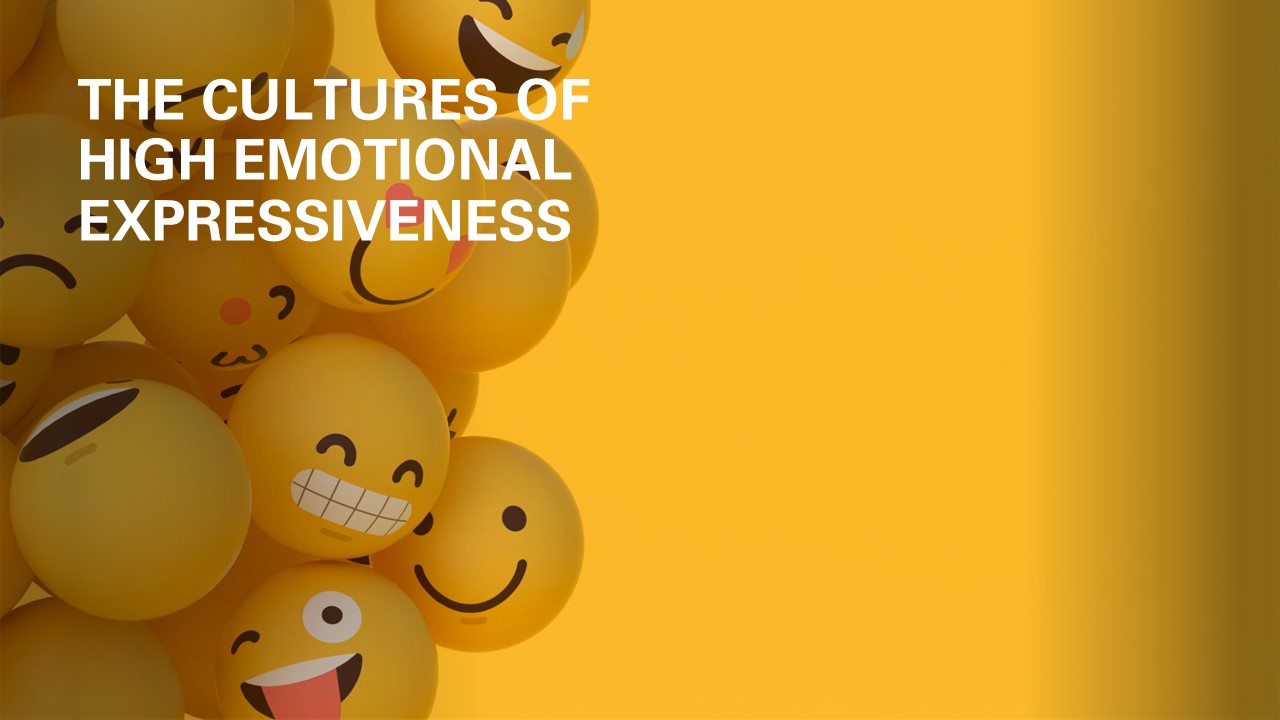The studies presented in this article show that high levels of emotional expressiveness have become culturally normative forms of self-expression in modern societies.
Multiple studies throughout the decades have reported numerous cross-cultural findings on how physical types of appearance, such as skin, body, and face, are perceived by men and women as attractive in their desired mates.
These qualities are the static physical features that researchers expose to people in pictures. Surprisingly, many of these attractive qualities are similar across cultures, yet many of these qualities are specific to some societies living in specific ecological, social, and cultural conditions.
The static physiological characteristics of beauty are especially important in traditional collectivistic (see another post). However, in modernized individualistic societies, their importance for partnership has substantially decreased. Instead, expressive characteristics of physical appearance, such as expressive faces, bodies, smiles, deodorants, original hair styles, and clothes, have become more valuable in modern societies (Karandashev, 2022a).
The Cultures of High Emotional Expressiveness versus Low Emotional Expressiveness
A comprehensive meta-analysis of multiple studies has revealed the two typologies of expressivity in emotional life across cultures.
- One typology identified (a) expressive and (b) non-expressive cultural models of emotions.
- Another typology identified cultural models of (c) direct and (d) indirect emotional expressivity.
Each of these models represents a spectrum of variations representing a diversity of ways in which people express their emotions across different societies, rather than dichotomies (Karandashev, 2021).
The patterns of emotional expressiveness are apparently different between highly expressive cultures, preferred and prevalent among European Americans, and low-expressive cultures, preferred and prevalent among East Asians (Karandashev, 2021).
A meta-analysis of numerous studies undertaken across 26 countries discovered that people in societies with higher levels of individualism are more emotionally expressive. Men and women living in wealthy societies are not necessarily emotionally expressive, while social and political factors in those societies affect expressivity. In countries that respect democracy and human rights, people are generally more emotionally expressive. People in politically stable societies are also more expressive of their positive emotions (Van Hemert, Poortinga, & van de Vijver, 2007).
In modern individualistic societies, the expressive nonverbal behavior of men and women is displayed in closer proximity in interaction: open body position, eye contact, more vocal animation, touching, smiling, and expressiveness. When partners mutually love each other, they tend to reciprocate these kinds of behaviors (Andersen & Andersen, 1984).
The Cultural Values of Emotional Self-expression in Modern Societies
Recent cross-cultural research showed that people in comparatively modernized societies differ from traditional ones in the physical characteristics that they view as more valuable in their love partners. Data revealed that modernized individualistic societies (such as France, Portugal, and the USA) are mainly self-expression cultures, which are characterized by a decreased value of the Power Distance and prevalent values of Individualism, Indulgence, and Emancipation. These cultures are largely liberal and encourage open and sincere facial and body expressiveness (Karandashev et al., 2016, 2020).
The culturally determined dynamic, flexible, and expressive physical qualities of a partner’s appearance, such as an expressive face and body, a smile, expressive speaking, outfits, and fashion, are especially valuable for men and women in more modernized societies. Fashion does not require one to follow cultural conventions. It is more about personal style. It encourages self-expression rather than conformism to social rules (Karandashev et al., 2016, 2020).
Expressive Individualism of European American Culture
For instance, expressive individualism is one of the most important features of European-American culture. Men and women communicate with others by expressing their feelings. Personal feelings are of the utmost importance to them (Lutz, 1988). Their emotional styles are more expressive than the suppressive styles found in East Asian cultures. European Americans tend to be more emotionally expressive than Japanese, both verbally and non-verbally (Matsumoto et al., 1988).
People in expressive societies, such as the United States and some countries in Europe, often rely on overt behaviors and explicit messages (Hall, 1976; Lustig & Koester, 1999). Men and women in those cultures are consistently in contact with their feelings. They trust verbal communication of emotions, preferring direct and explicit emotional messages. People from other cultures frequently perceive them as excessively talkative and emotional in interpersonal communication.
The Cultural Values of Verbal Emotional Expressiveness
People in emotionally expressive cultures rely on verbal communication when they interact with each other. People in the United States, for example, find more verbally expressive men and women more attractive (Elliott et al., 1982).
Women and men, especially men, are less sensitive to nonverbal communication. They have difficulties understanding such aspects of relationships as unarticulated emotions, moods, and subtle gestures (Andersen, Hecht, Hoobler, & Smallwood, 2003; Hall, 1976).
How Does Self-expression Affect Life Satisfaction?
Across 46 countries, in modernized societies with high values of self-expression, such as the Netherlands, the USA, Canada, and Australia, the expression of positive emotions determined greater life satisfaction than in countries with prevalent values of survival, such as Russia, Hungary, China, and Zimbabwe (Kuppens et al., 2008).
For example, Americans are very expressive when they communicate their happiness to others. And happiness is one of the most admired focal emotions in American culture (see for review: Mesquita & Leu, 2007).
Here Are Some Other Related Articles on This Topic
To better understand the low level of expressed emotion in collectivistic cultures, it is interesting to compare how people experience and express emotions in individualistic cultures and how the culturally low emotional expressiveness of love is culturally valuable in traditional collectivistic societies.
It is also interesting to know about,
- Physical beauty of men and women across cultures,
- What are the sexual preferences for physical attractiveness in different cultures, and
- What kind of women and men are physically attractive in different cultures, and
- How men and women tend to be attracted to and fall in love with familiar others
- How we predisposed to homogamy in love.
